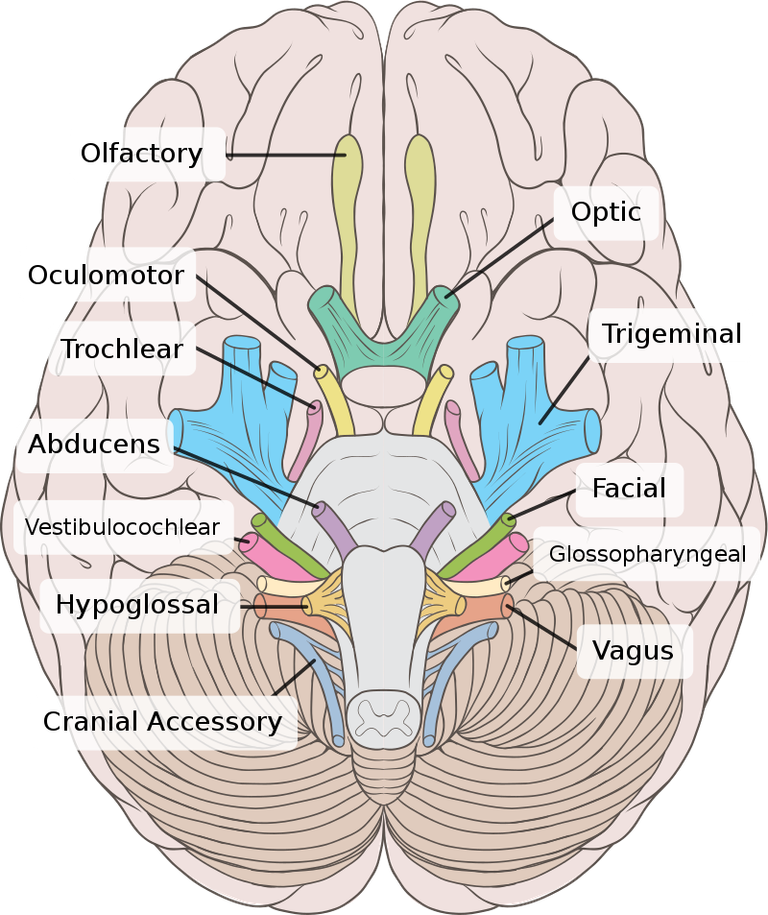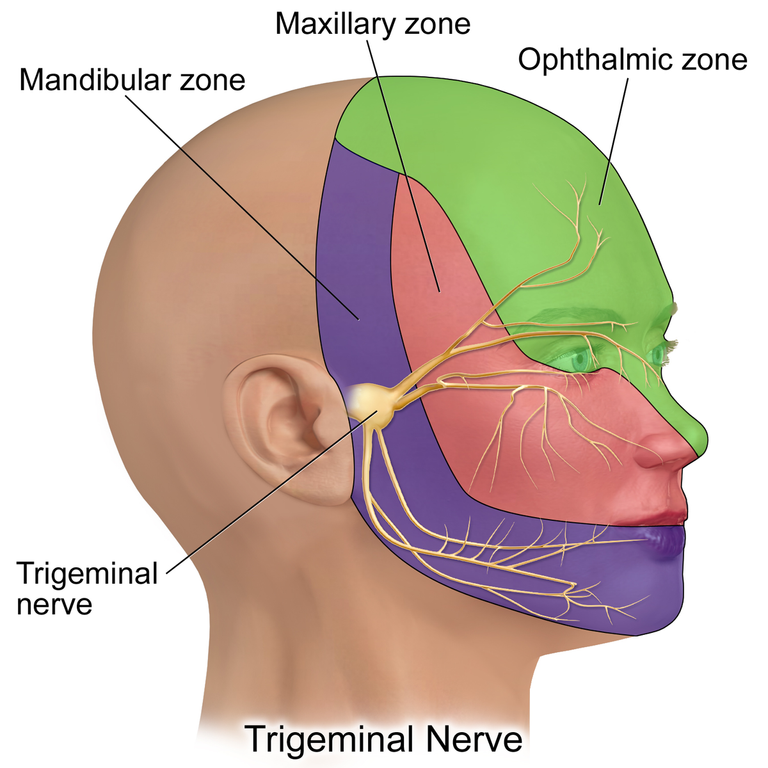
Ever wonder how touch, taste, and pain are all perceptions we may experience? How do our mouths function so well and how can our faces reflect so much emotion? The solution is found in the complex web of cranial nerves, the unsung heroes who perform these amazing acts. Of them all, the trigeminal nerve is the most important since it is essential to our daily sensory experiences. Come along with me as we explore the amazing worlds within our skulls and solve the riddles surrounding the trigeminal nerve.
The Trigeminal Nerve in Details
Named for its three main branches—the ophthalmic nerve (V1), maxillary nerve (V2), and mandibular nerve (V3)—the trigeminal nerve, commonly referred to as the fifth cranial nerve, gets its name. Starting from the pons, which is a component of the brainstem, this nerve is the biggest sensory nerve in the head, innervating the forehead, temples, cheeks, jaw, and even the oral cavity.
Transmitting sensory data from the face to the brain is one of the trigeminal nerve's primary roles. The eye, scalp, and forehead are among the upper face regions whose sensations are carried via the ophthalmic branch (V1). The middle region of the face, which includes the cheeks, upper lip, and gums, sends sensory information to the maxillary branch (V2). The mandibular branch (V3) is ultimately in charge of relaying sensations from the lower face, which includes the chin, lower lip, and external ear.

The trigeminal nerve regulates the motor functions of the chewing muscles in addition to sensory input. The muscles that move our jaws to chew food, talk, and make a wide range of facial emotions are innervated by the mandibular branch (V3). The brain sends messages to the appropriate muscle groups through the trigeminal motor nucleus, which is housed in the pons and controls this complex motor coordination.
The trigeminal nerve is regrettably susceptible to certain conditions much like any other nerve. One such disorder affecting the trigeminal nerve is trigeminal neuralgia, which is characterized by abrupt and intense face pain. The disorder may be brought on by irritation or compression of the nerve roots, which can result in periods of severe pain that are brought on by routine tasks like speaking, eating, or even light touch. Trigeminal neuralgia can have a severe effect on a person's quality of life, making even the most basic chores intolerable.
Other conditions that can damage the trigeminal nerve include trigeminal neuropathy, trigeminal autonomic cephalalgias (TACs), and trigeminal deafferentation pain, in addition to trigeminal neuralgia. Chronic discomfort, changed feelings, or even anomalies in the autonomic functions of the face are among manifestations of these diseases, which entail diverse alterations in nerve activity.
In order to diagnose trigeminal nerve diseases, a complete medical history, a physical examination, and occasionally further imaging tests such as magnetic resonance imaging (MRI) are performed in order to rule out any possible causes of nerve compression or injury. When conservative care is not working, surgical treatments are a possibility for treatment. Medication can also assist decrease inflammation and discomfort feelings.

Knowledge of the trigeminal nerve's intricacies extends beyond the domain of diseases. As a matter of fact, this incredible nerve is indispensable to our daily existence. Imagine the sensations of your favorite meal being chewed into, the sun's warmth on your face, or a loved one's hand consoling you. The complex way in which the trigeminal nerve functions is partially responsible for making all of these experiences possible.
And so, let us pause to consider the wonders of this incredible cranial nerve that gives us our sense of awareness of the outside world. It is the link that enables us to experience the experiences that give life its remarkable quality. With its three branches, the trigeminal nerve guarantees that every sensation is distinct, tangible, and unquestionably human—from the softest kisses to the hardest bites.
The trigeminal nerve is an essential component of our everyday lives, to sum up. Its complex network serves as the basis for our sensory experiences, enabling us to communicate with the outside world and convey our emotions through our facial expressions. That being said, the next time you enjoy a mouthwatering meal or beam at a loved one, remember to give thanks to the trigeminal nerve for making these small but meaningful joys possible.
References
- https://healthjade.net/cranial-nerves/
- https://neupsykey.com/cranial-nerve-v-the-trigeminal-nerve/
- https://en.m.wikipedia.org/wiki/Trigeminal_nerve#:~:text=In%20neuroanatomy%2C%20the%20trigeminal%20nerve,and%20the%20mandibular%20nerve%20(V3)
- https://www.kenhub.com/en/library/anatomy/the-trigeminal-nerve
- https://teachmeanatomy.info/head/cranial-nerves/trigeminal-nerve/
- https://www.verywellhealth.com/cranial-nerves-anatomy-4780532






